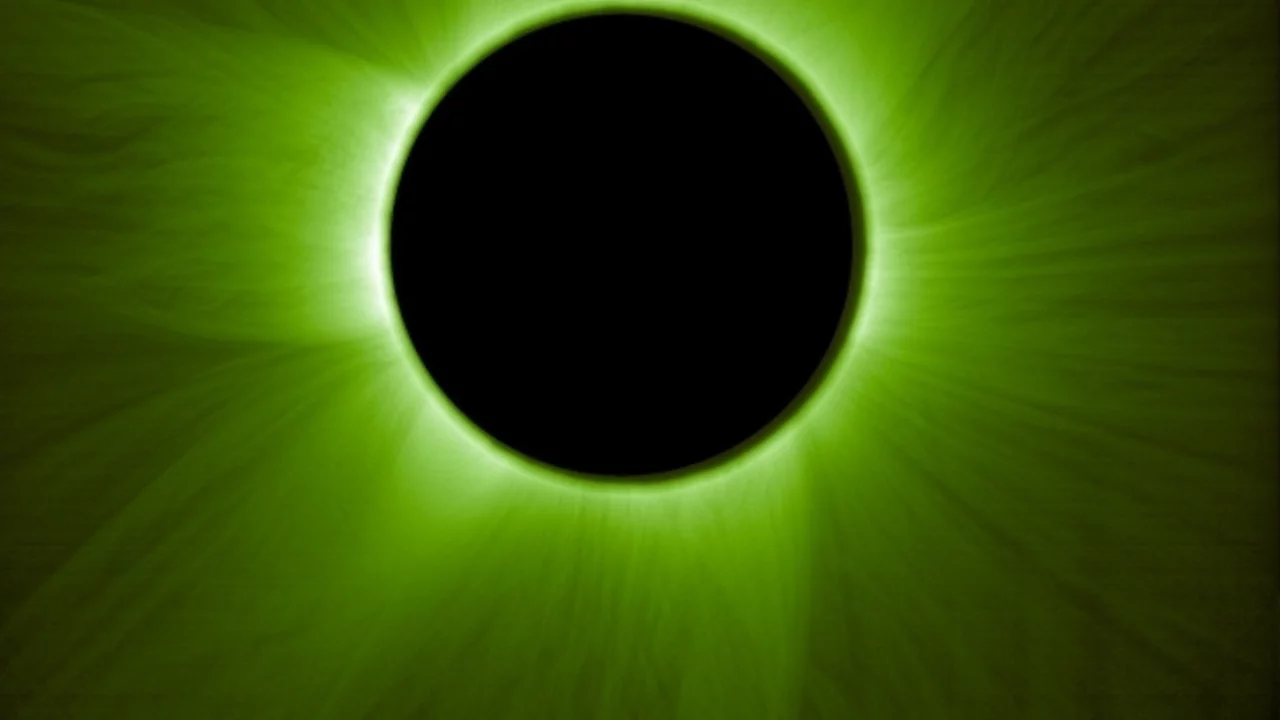
A historic moment for astronomy lovers: for the first time, an artificial solar eclipse has been demonstrated. According to the European Space Agency, this scientific experiment was successfully carried out using two artificial satellites orbiting the Earth.
It is noted that the experiment was conducted to study the effects of solar activity on technological systems during peak periods. As part of the “Synov-3” mission, the two spacecraft flew for several hours while maintaining a precise distance of 150 meters between them. One of the satellites blocked the Sun in front of the other’s optical instruments, creating an 8-centimeter-wide artificial shadow.
Through this method, scientists managed to capture an image of the Sun's corona — the outer part of the star's atmosphere that is not fully illuminated. Observing the corona makes it possible to study the solar wind — a stream of particles spreading into space — and better understand coronal mass ejections.
Experts emphasize that high solar activity not only causes polar auroras but also poses serious risks to modern communication, electricity transmission, and navigation systems.
“During the experiment, we managed to observe details on the Sun that are invisible using conventional methods. Receiving the first data was incredibly exciting,” said project scientist Jo Zender.
What’s more interesting is that while a natural solar eclipse occurs only once a year, an artificial eclipse can be recreated every 19.6 hours. In addition, the artificial shadowing process can be extended to six hours, compared to just a few minutes for natural eclipses.
Project leader Damien Galano stated that although the devices are still in the testing phase, the synchronization of satellite movements allowed them to capture the first images of an artificial eclipse. These photos are expected to be of great scientific value.
Earlier, the International Earth Rotation and Reference Systems Service had reported that the Earth’s rotation had accelerated, shortening the length of the day. This conclusion was based on data collected between 1960 and 2020.
Innovative technologies are now allowing humanity to "eclipse" the Sun artificially. Every step into space reveals new secrets of nature. Read “Zamin” on Telegram!
Ctrl
Enter
Found a mistake?
Select the phrase and press Ctrl+Enter Related news
Information
Users of Меҳмон are not allowed to comment this publication.
Users of Меҳмон are not allowed to comment this publication.













